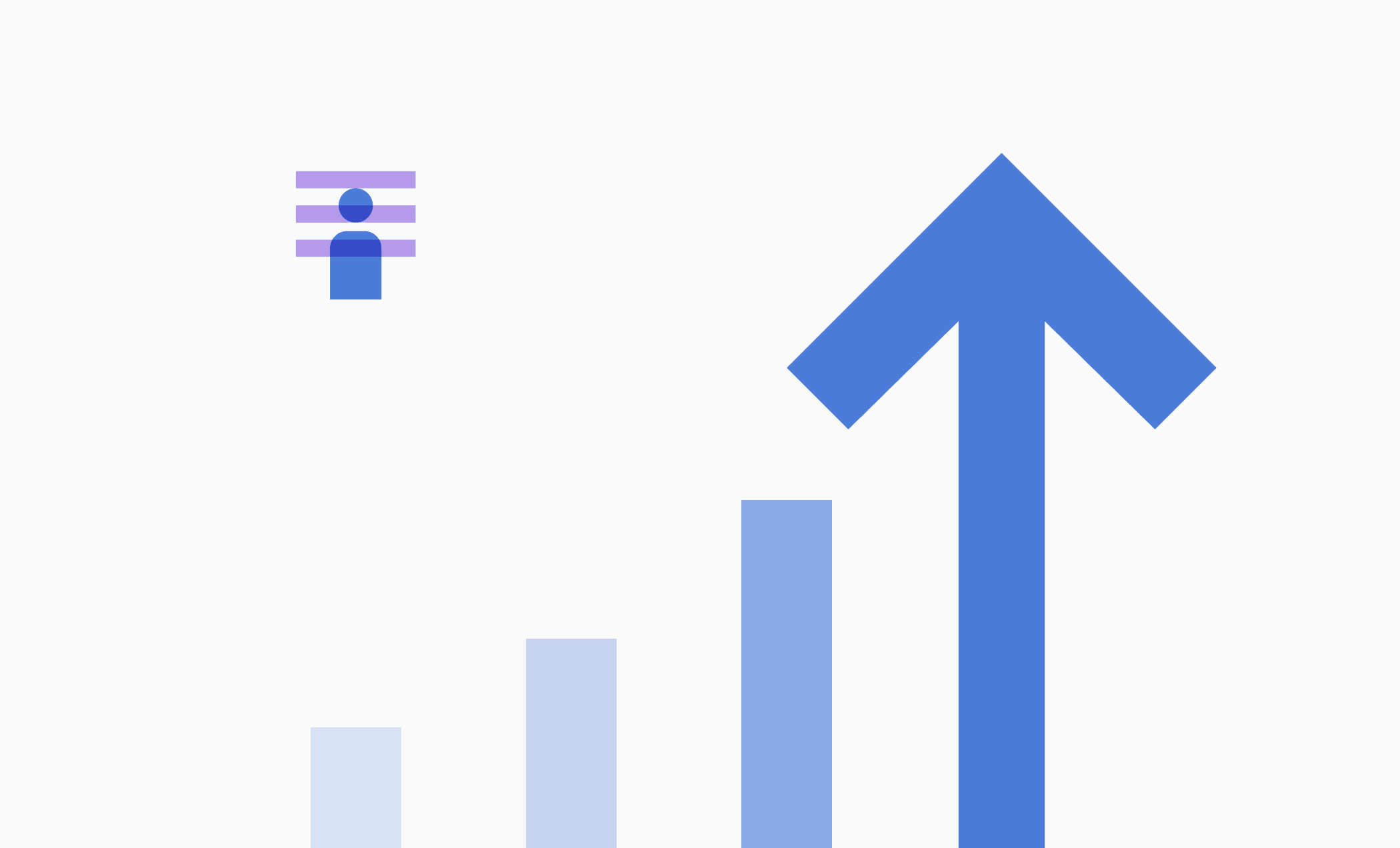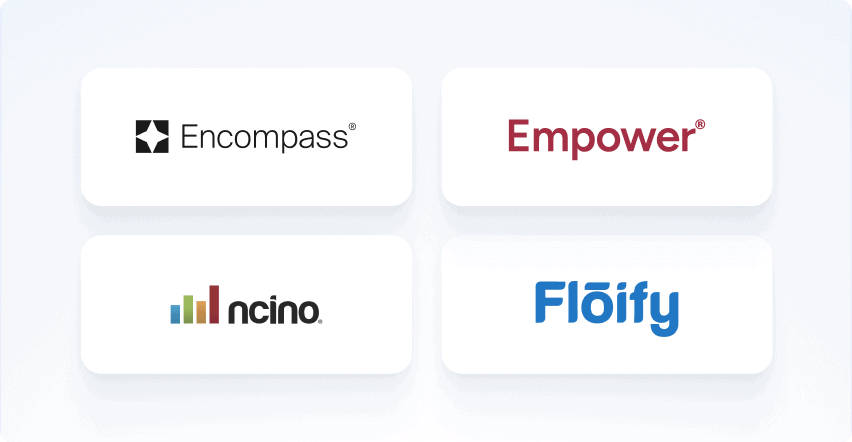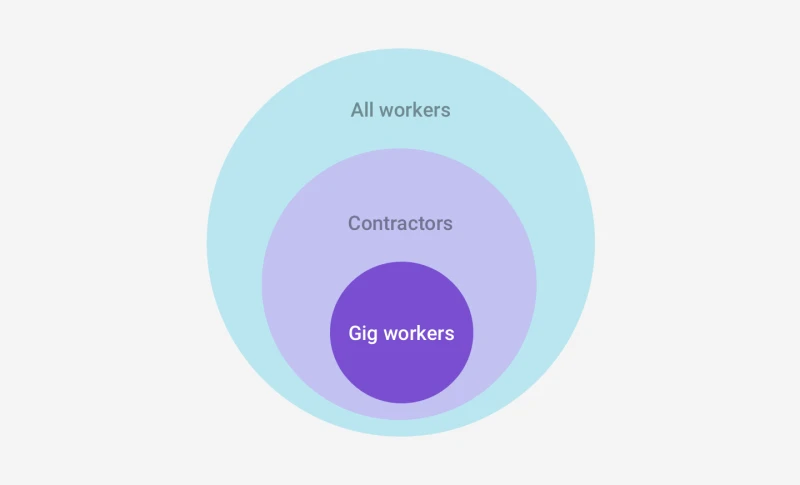“Who owns your data?” (Hint: it’s you).
We currently live in an era of unprecedented digital tracking, with our online data acting as an unofficial currency. In a sense, we “pay” with our personal information to access the goods and services we want. At Argyle, we see the future of data privacy differently.
For example, if I Google something – a term now synonymous with “search” in our daily lexicon – I assume that Google is providing the best possible search results. What I may not be aware of is that my Google search results are likely different from yours, and yours are likely different from the people in your household.
Why?
Well, because every time you initiate a search or visit a website, Google (and many other sites) are building a digital history of you, mapping out your personality, interests, income, and much more. This data-generated profile is then used to inform your individual results, the assumption being that a more tailored experience is better for users.
However, at no point during this process does Google explicitly ask for permission to build your digital identity. Plus, Google is largely allowed to use this information in any way they like, often selling it to companies that you have no relationship with whatsoever.

Enter user consumer consent
In recent years, governments (and a few companies too) have attempted to tame this “digital wild west,” developing early drafts of data privacy and user consent regulations that reverse the power dynamics of data collection. Consumer consent empowers individuals, informs them of how their data will be used, and gives individuals the right to control their own digital identities — which have, at this point, become extensions of who we are.

For these privacy policies to be effective, however, they need to meet certain criteria. These are our recommendations for what makes the most successful implementations:
Transparency (consumers should understand how their data will be used and how long it will be kept)
Time-limited (consent should expire when the user desires)
Easily revoked (whenever the user decides)
Easily accessed/altered (not hidden deep within settings)
Not buried within other terms and conditions (also part of being accessible)
Collected only when necessary to provide goods and services related to the service the consumer is interacting with (keeping collection to a minimum)
Written in plain English (no overly confusing jargon!)
Any company that meets these requirements for true user consent stands to gain a lot more than it might lose in terms of data.

The Business Benefits of Consumer Consent
Recently, Apple exemplified consumer-based consent with user prompts for app data tracking, allowing consumers to choose which apps they’re willing to share their information with. This is a bold privacy consent move for a company of its size, and given the number of third-party companies that operate within its ecosystem. Yet, Apple has been lauded by ever-savvy consumers and digital privacy protection experts for leading the way for consumer consent models across industries.
If a company like Apple can do it, why not all of us?
Transparency = Trust
Robust consent means rigorous data transparency, which results in dedication to and trust for your brand. In fact, 80% of consumers say they’d switch to an alternative if a company loses their trust. In spite of that, we haven’t done nearly enough to ensure that consumers have ownership over their digital information, understand how it’s being used, or ensure there is informed consent when collecting it.
Also, consumers who are new to your company often have little understanding of who you are and have little reason to trust you. But by creating transparent data privacy terms and asking for consent every step of the way – while highlighting how the data will be used and how to revoke access – companies immediately demonstrate their trustworthiness. For example, a Toronto-based company called Moves switched from a consumer onboarding API that asked users to share personal bank account information in their initial profile setup to one that connected less personal sources like payroll data. That change alone garnered a threefold increase in conversion rates.
Consent as Competitive Advantage
Governments worldwide are taking note of repetitive privacy breaches and unprotected data aggregation, and they’re also asking the question, “Who owns your data?” (Hint: it’s you).
Businesses that are forward-thinking in their approach and use privacy protection laws like the California Consumer Privacy Act as the basis for their user consent policies and data collection will gain a competitive edge. Not only that, but companies will increasingly be forced (by the market or by governments) to rely on first-party data, affording those with flush databases to outmaneuver the competition. Right now, 96% of Americans think more should be done to protect their privacy – that’s a lot of market potential for a forward-thinking organization.
The Perils of Ignoring Consumer Consent
The most obvious place we need user consent is likely one that you’d rarely think of as concerned about your permission. Credit scores. They are ubiquitous in our financial existence, yet every piece of data that defines who you are financially is obtained, compiled, shared, and sold without your consent.
A Lack of Accuracy
Moreover, many find that their credit reports contain errors such as misreporting, outdated information, or outright incorrect financial data that belongs to someone else. With only three major credit bureaus acting as the unofficial arbiters of creditworthiness, one can be left without recourse for solving these problems. A victim of identity theft can spend months, sometimes even years, trying to clean up the mess caused by these systemic flaws.
The solution: data transparency that allows consumers the ability to review information and report on its accuracy from the start – along with in general, building systems that allow for real-time information sharing that is permission-based, transparent, and reviewed by both sides.
The Risk of Unhappy Customers
Unhappy customers? You don’t want them. Here’s an example of what can happen when companies don’t consider their consumers’ desire for privacy protection. After Facebook acquired WhatsApp, the popular text messaging service, business carried on as usual. But as Facebook’s data collection infiltrated more and more aspects of WhatsApp, the new parent company altered their fairly hearty privacy terms. The result was a migration from WhatsApp to alternative messaging services that put security-conscious consumers first. Messaging apps like Signal and Telegram saw noticeable growth in the months after Facebook announced the changes.
The Time for Consent is Now
As we migrate to user-based permissions and data transparency, companies with foresight will find themselves well-trusted, ahead of regulation, and the ushers of a new era of consumer confidence. You don’t have to wait. Start now by adding privacy consent into your user onboarding processes and forms, and by making it easy for consumers to revoke that access. You may have less data overall, but your dedication to data privacy and consent will resonate with consumers, making your brand stand out from the crowd.
To learn more about Argyle’s dedication to consumers and data transparency, please browse our full library of data standards and privacy policies.








